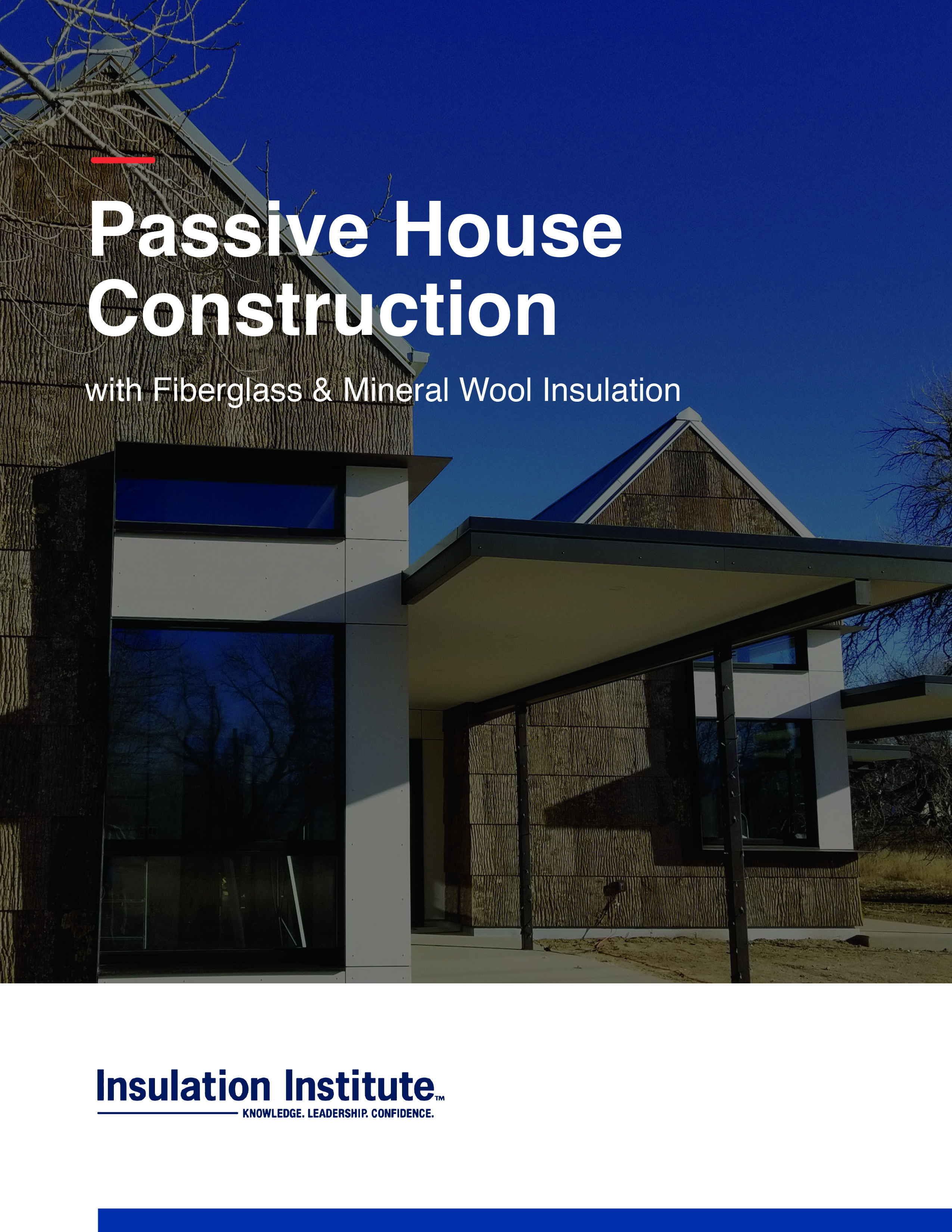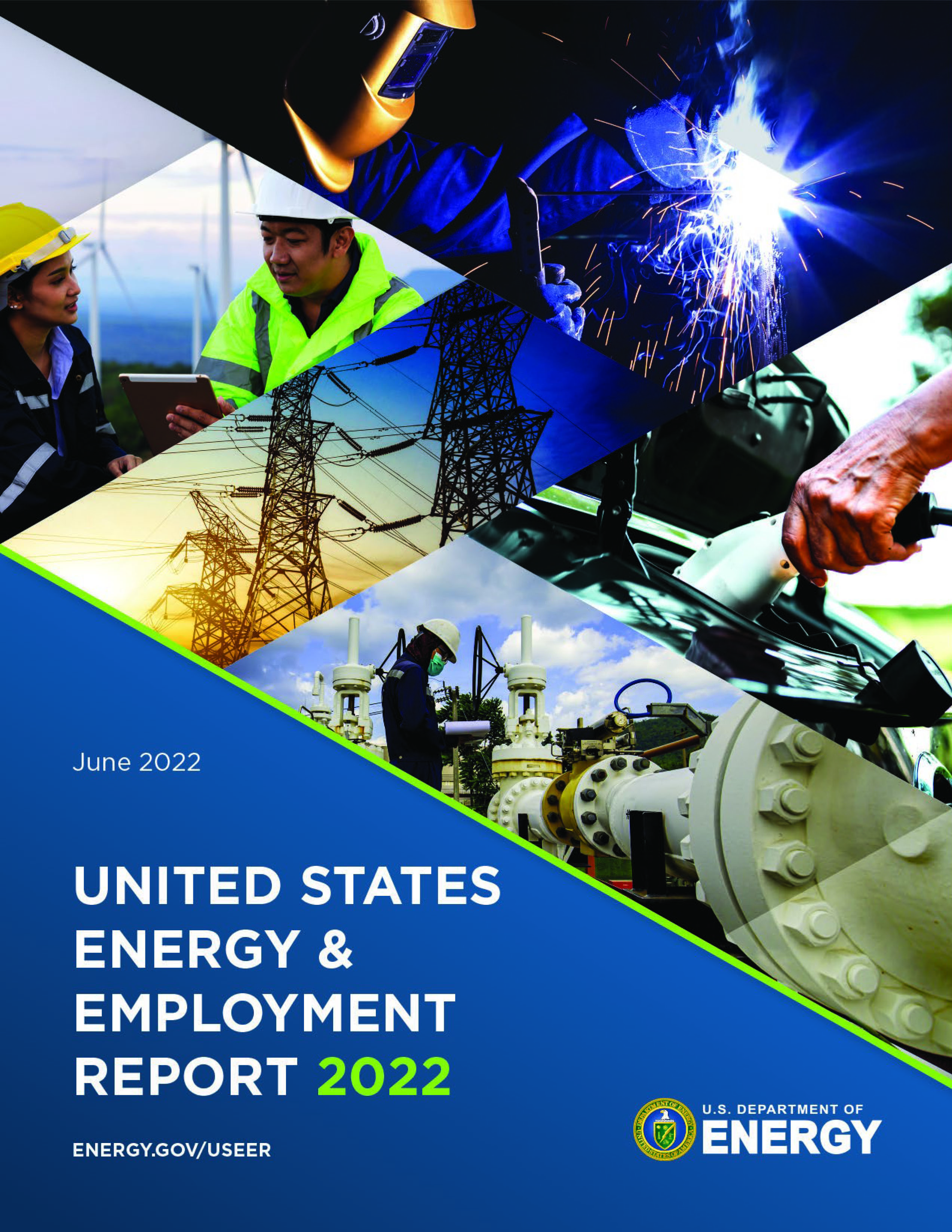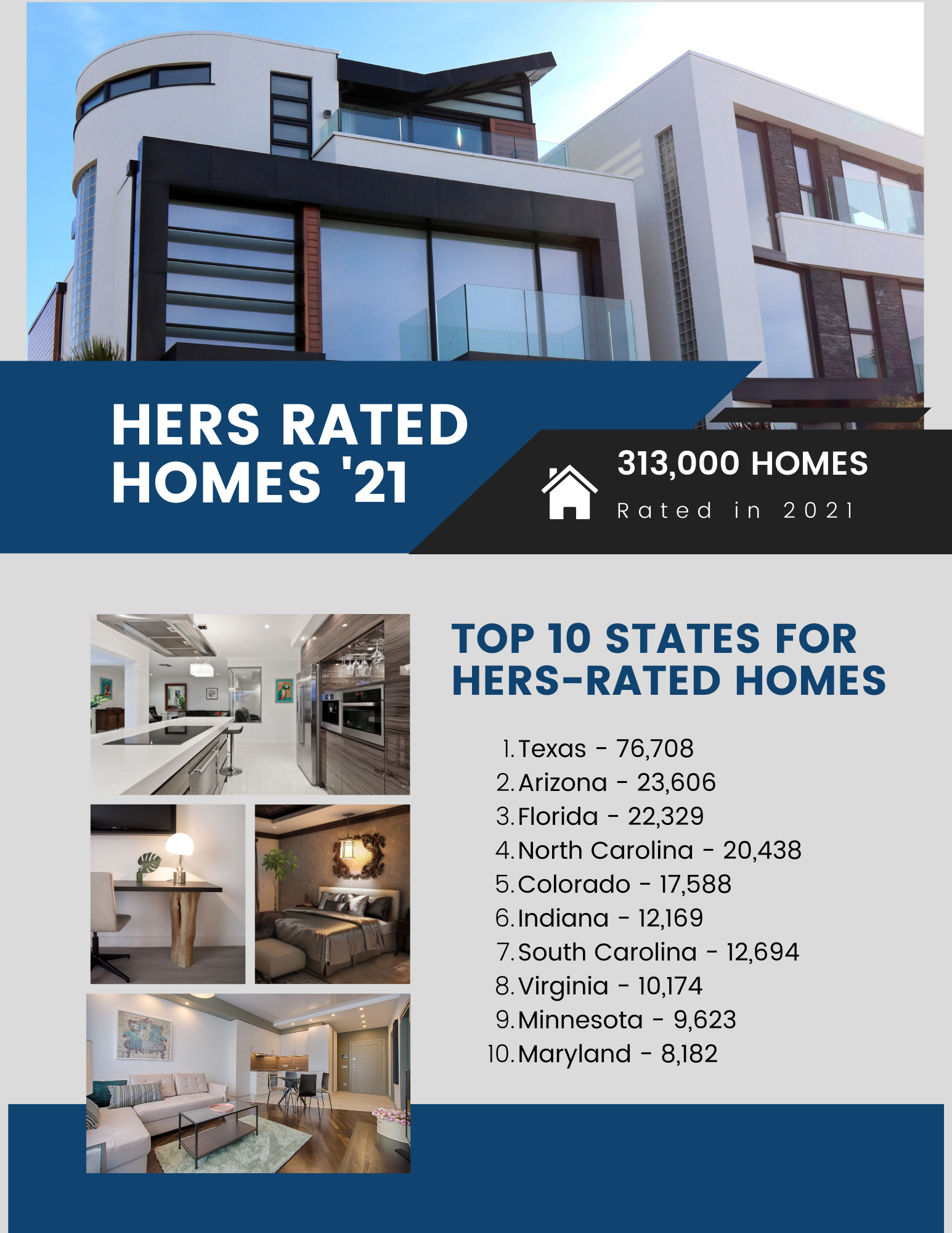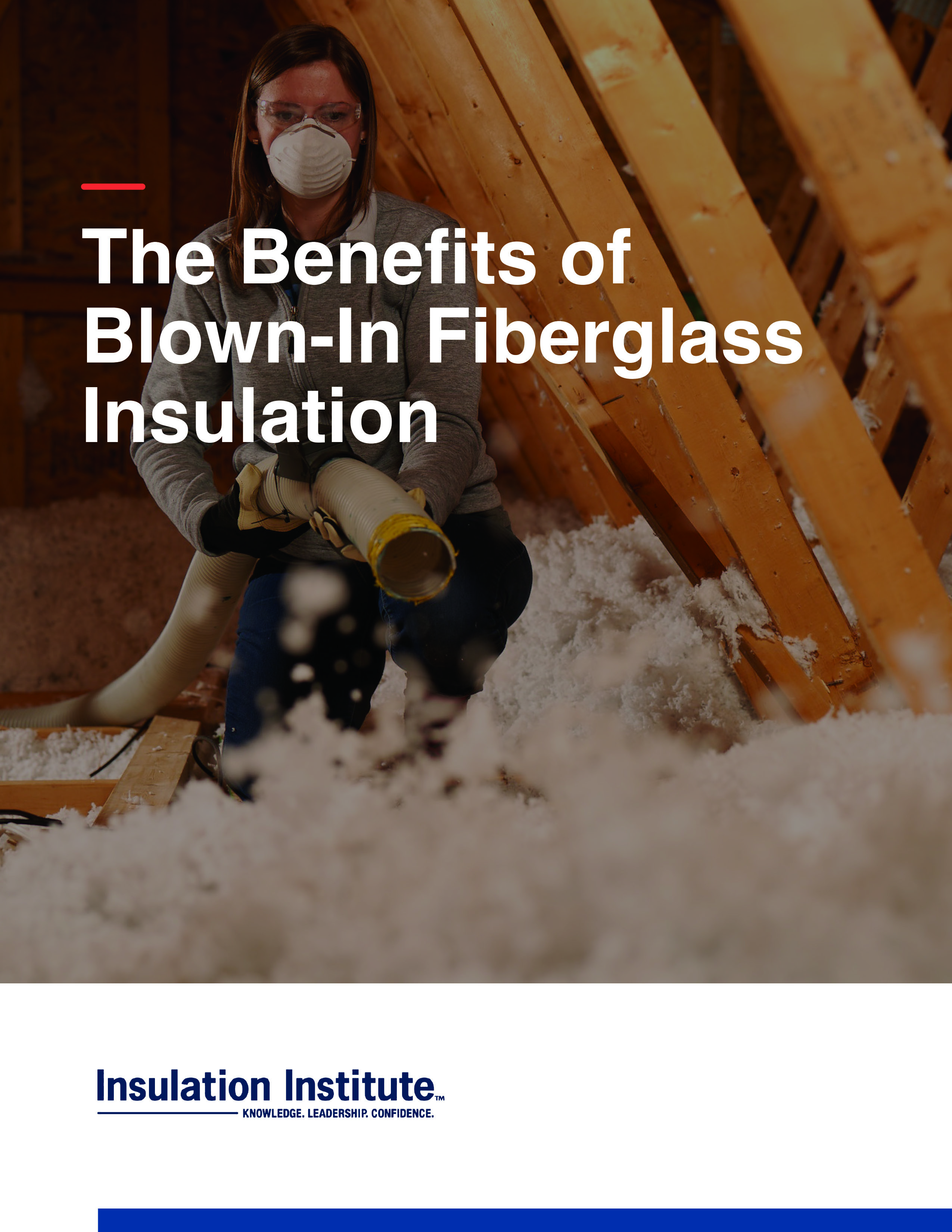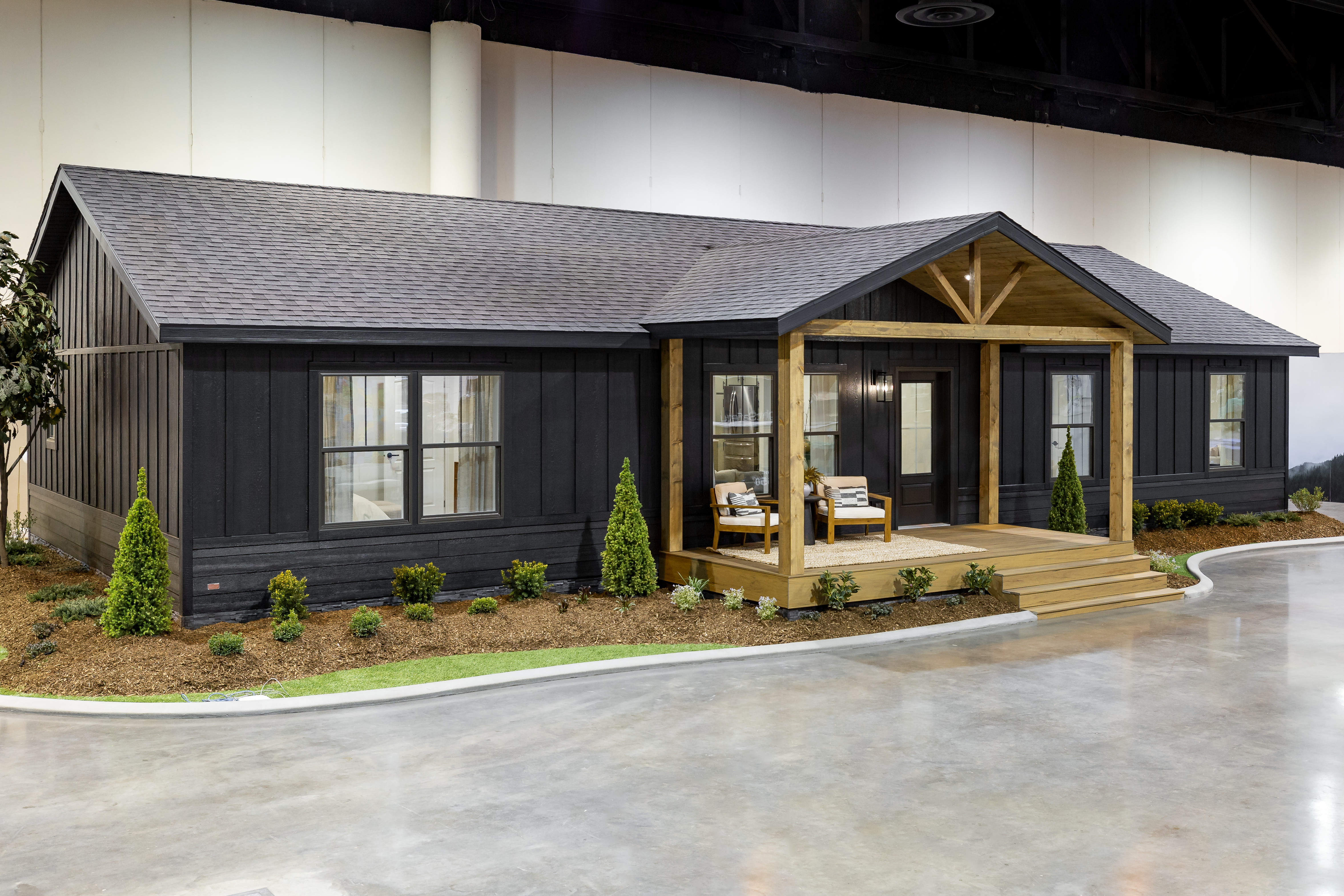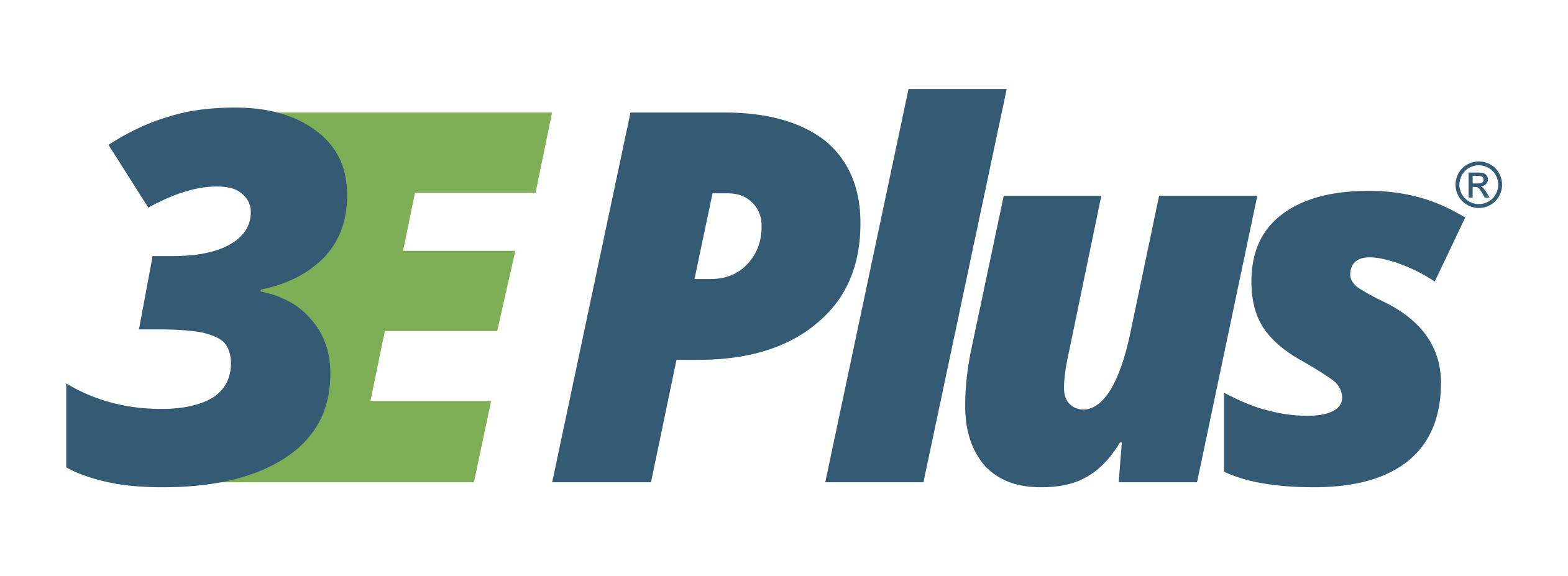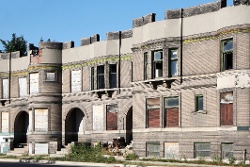NAIMA has just released a new guide, Passive House Construction with Fiberglass and Mineral Wool Insulation. This new publication compares code-built, net zero, and passive house construction in terms of energy optimization, ultimately demonstrating that Passive House construction is the most rigorous in performance. It also presents a case study...
With much of the globe witnessing unprecedented heat waves and wildfires, the realities of climate change are undeniable. But how will this impact residential construction? How might builders consider the impacts of climate change on building resilience moving forward? This week we talked to NAIMA Canada Senior Technical Advisor Gary Sharp, a...
The U.S. Department of Energy (DOE) recently released the U.S. Energy Employment Report (USEER), an annual report that takes a comprehensive look at national and state-level employment data for the clean energy sector. DOE’s analysis found that the clean energy sector job growth increased by 4 percent in 2021 versus 2020 despite the impacts of the...
This week, the Residential Energy Services Network (RESNET) highlighted the top 10 states for Home Energy Ratings-scored (HERS) homes in 2021. Twenty-two percent of new construction homes are rated each year, and in 2021, HERS-rated homes totaled more than 313,000. This represents a four percent increase over the number of ratings in 2020 and...
Blown-in fiberglass (or loose fill) insulation is increasingly popular in new residential construction and in renovations, accounting for 19 percent of current insulation market share and growing[1]. More stringent energy codes, the ease of installation, as well as the safety and health profile of the product over other insulation types have all...
The Biden Administration on Wednesday announced a national initiative to advance building codes. The effort is designed to help state, local, Tribal, and territorial governments adopt the latest, current building codes and standards. Doing so, it says, will boost resilience to hurricanes, flooding, wildfires, and other extreme weather events,...
The U.S. Environmental Protection Agency recently finalized the requirements for the latest version of its long-running ENERGY STAR Single Family New Home program. The National Version 3.2 puts the thermal envelope requirements of the 2021 International Energy Conservation code front and center. The new version now stipulates mandatory envelope...
Clayton Homes(a Berkshire Hathaway Company) last month unveiled its first Net Zero home to the public. The company, one of the largest national builders of off-site and site-built homes, paired several energy efficiency upgrades and a solar roofing system to deliver the CrossMod model home it says is both sustainable and attainable.
NAIMA recently released a new version of its popular 3E Plus software, which allows users to calculate the appropriate thickness necessary for any application of pipe or mechanical insulation.
Long-needed energy efficiency improvements in much of America’s public housing means that low-income tenants spend a significant portion of their income on energy costs. Moreover, buildings are the second-largest carbon dioxide emissions source. The U.S. Department of Energy (DOE) seeks to address this by launching an experiment with architects...

